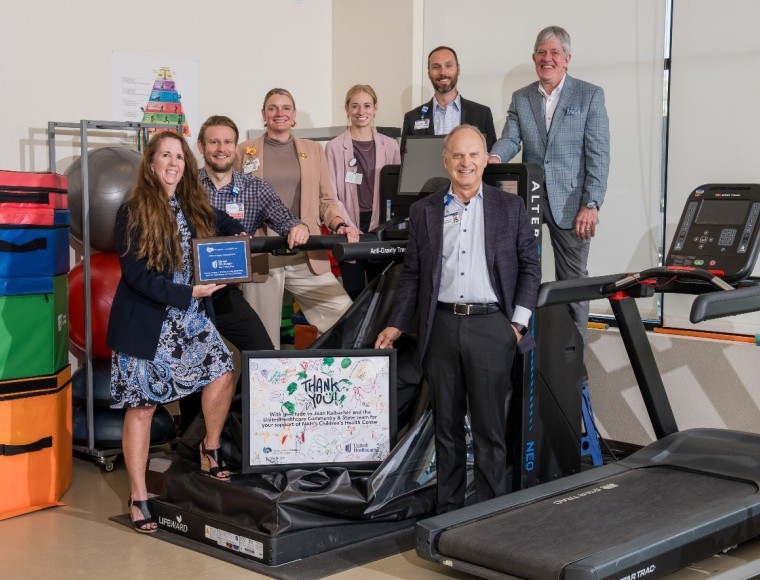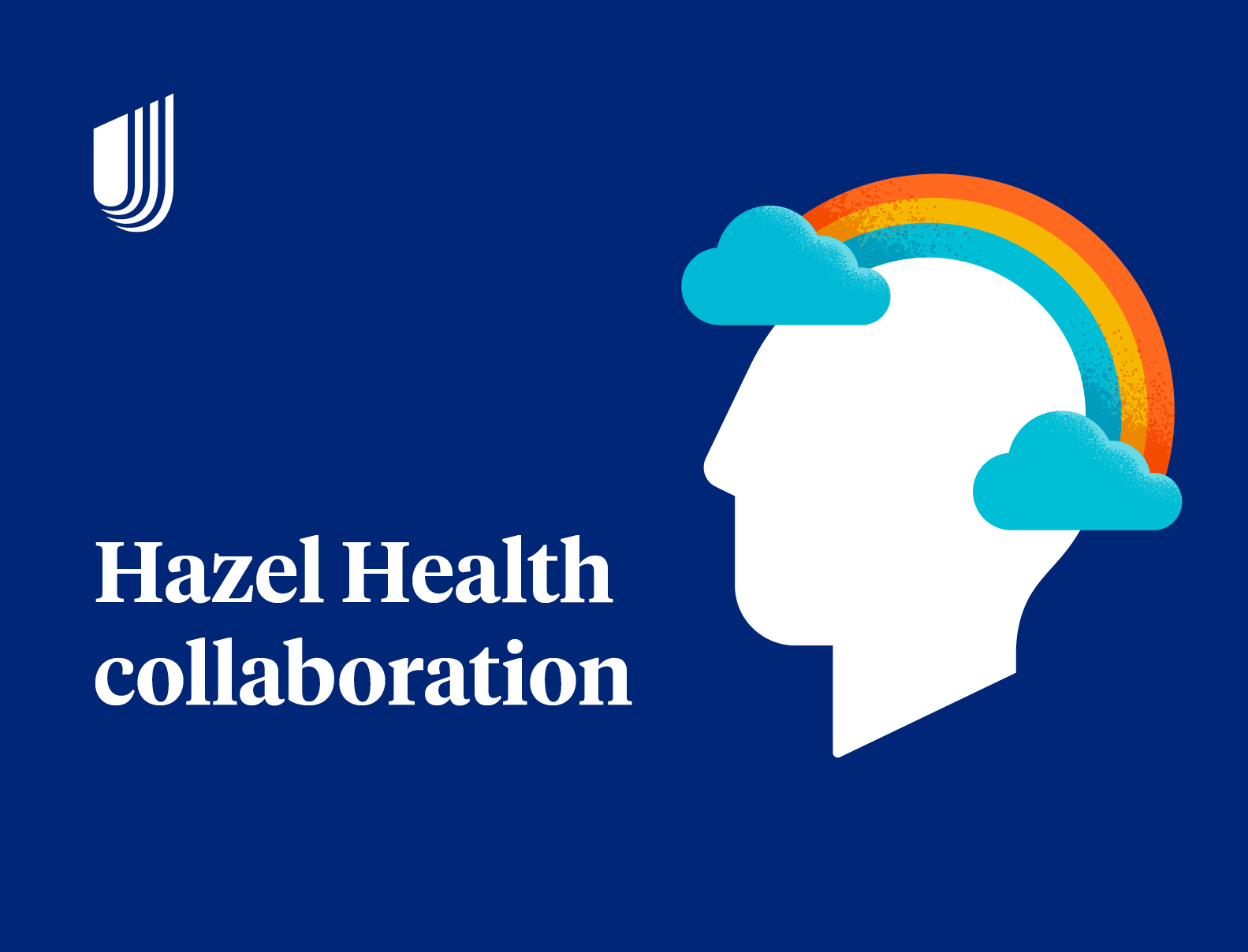Committed to serving children and youth in foster care and their families, UnitedHealthcare Community & State developed a trauma-informed approach to care management. This approach is guided by core principles of safety, peer support, collaboration and empowerment and acknowledges the impact of cultural and gender issues. Central to this model is a collaboration with state, county and local child welfare agencies utilizing technology to optimize health care outcomes.
In 2022, the child welfare system was responsible for 368,530 children and youth nationally who remained engaged with the system for an average of almost two years.1 Sixty-two percent of these children were separated from their biological families due to neglect. Research shows that 50% of children within this population have encountered four or more adverse childhood experiences, defined as potentially traumatic events or environments that can undermine a child’s sense of safety.2,3 Trauma resulting from familial separation as well as potential traumas precipitating foster care entry put children at a higher risk of behavioral and physical health conditions compared to the general population.
Notably, those with intellectual and developmental disabilities (IDD) are approximately 1.9 times more likely to be in foster care compared to their peers without IDD, and youth diagnosed with autism spectrum disorder are 2.4 times more likely.2 Prevalence of chronic physical health conditions is also high, with 50% of children having experienced asthma, anemia, sensory loss or neurological disorders and 10% of children diagnosed as medically complex or fragile.4
As a managed care organization serving nearly 50,000 children and youth involved with the child welfare system, we recognize the importance of addressing the unique needs of this population. Therefore, as part of our model design, we developed a proprietary algorithm-based tool that stratifies this specific population into risk categories. Stratification is determined by claims, prospective risk factors, social drivers of health, clinical assessment and collaboration with the system of care. This approach allows us to identify children and youth in the highest risk categories to provide them with the right level of intervention, using the right modality at the right time. Our model also supports transition-aged and former foster youth, recognizing their distinct health and social needs as they navigate adulthood.
In addition to data stratification, we have reimagined our clinical model by using care management that works with the entire system of care. Diverging from traditional care management, we engage a broad spectrum of stakeholders starting with the child and family. Our team facilitates communication between child welfare, providers and schools as well as biological and foster parents regarding children’s health care needs and care management plans.
Our care management strategy highlights our commitment to improving health outcomes for children and youth involved with the child welfare system. Our approach identifies appropriate interventions based on risk level and integrates multiple stakeholders involved in the child’s health. Through integration, UnitedHealthcare Community & State fosters greater cohesion and reduces fragmentation in service delivery to better fulfill children’s needs and support positive health outcomes, permanency and stability.
Enjoy this blog? Get future Community & State insights delivered right to your inbox.












